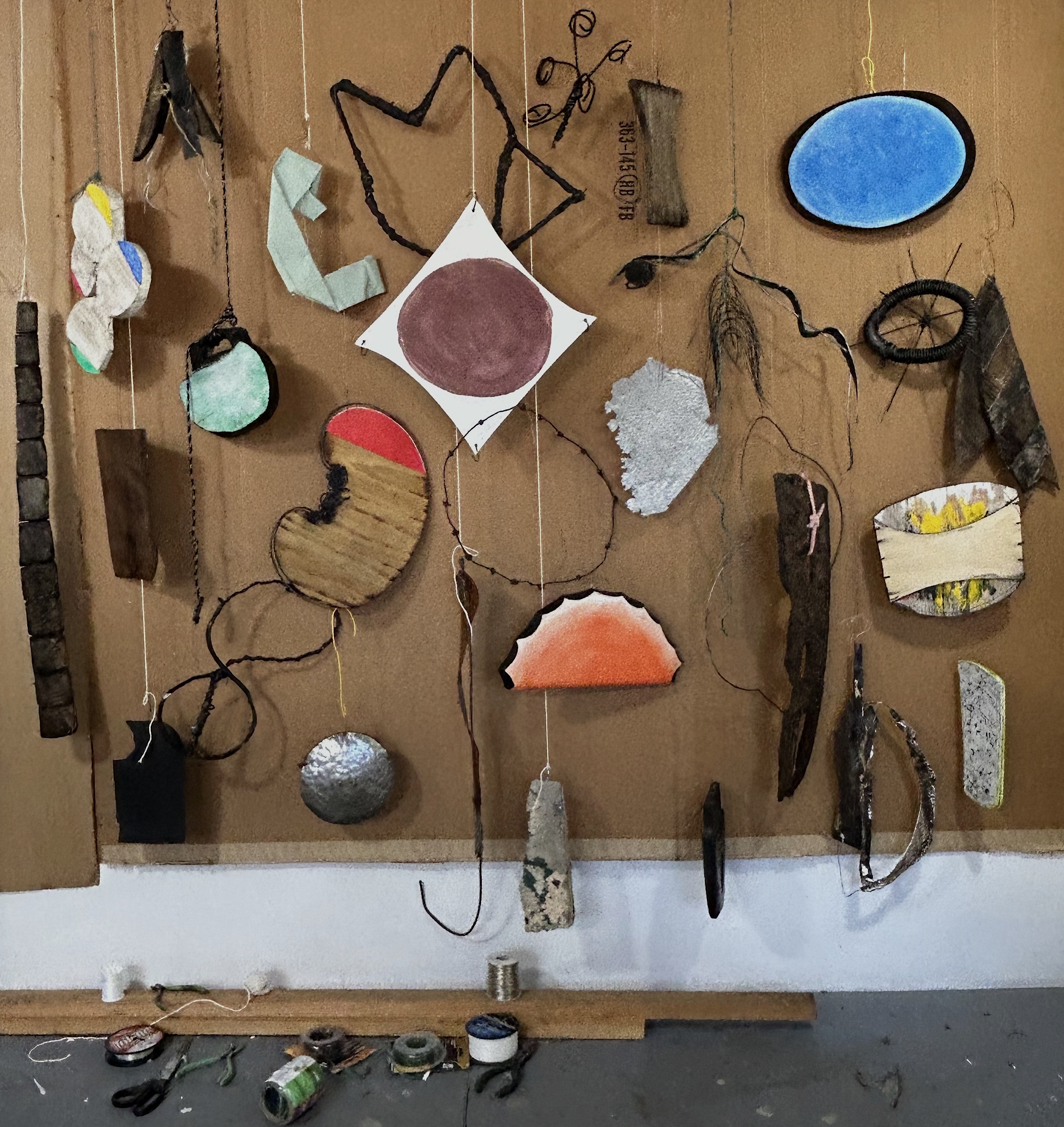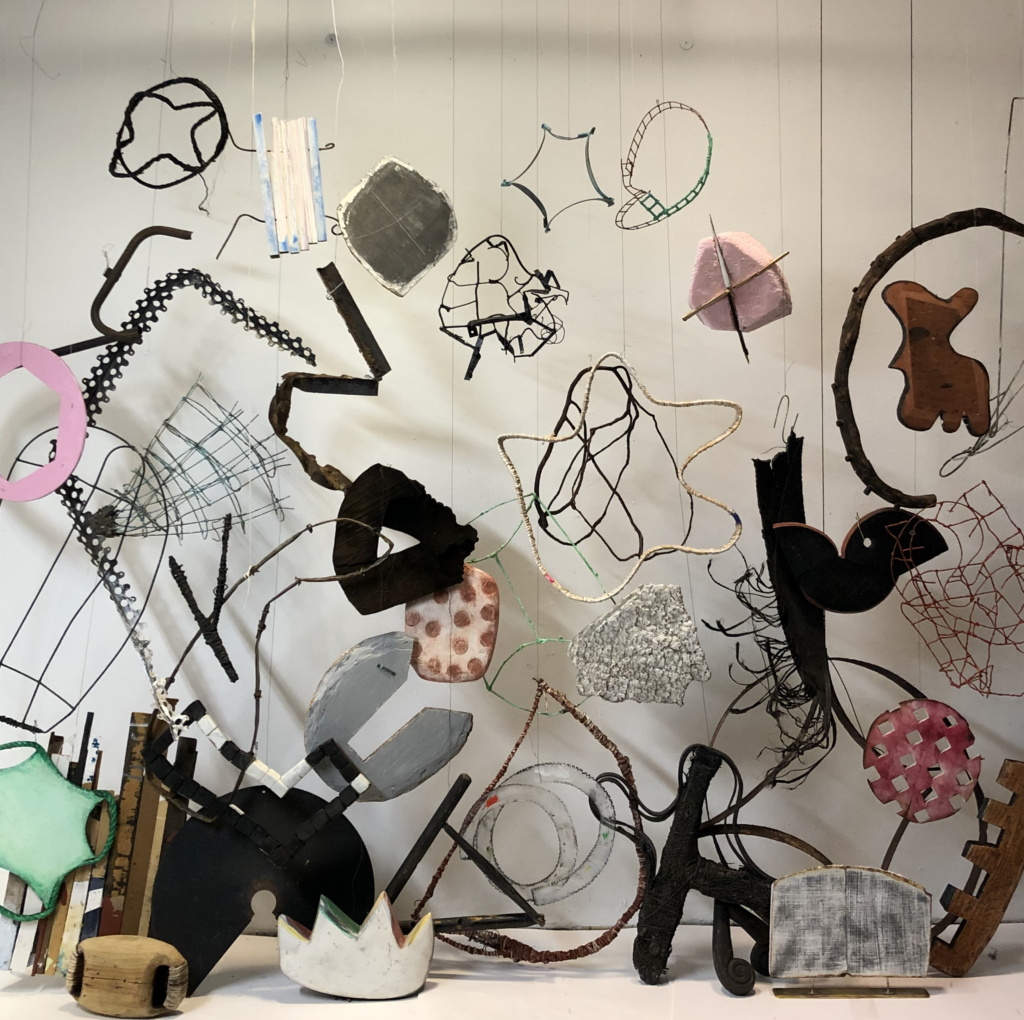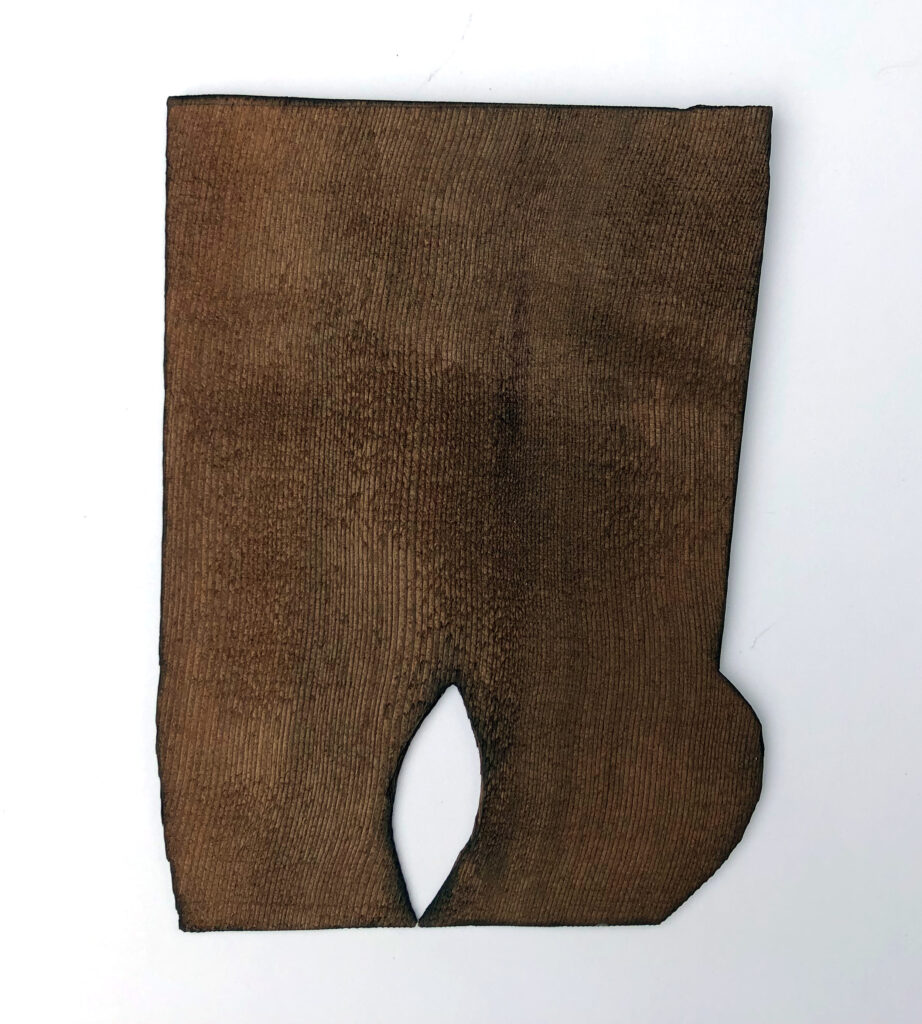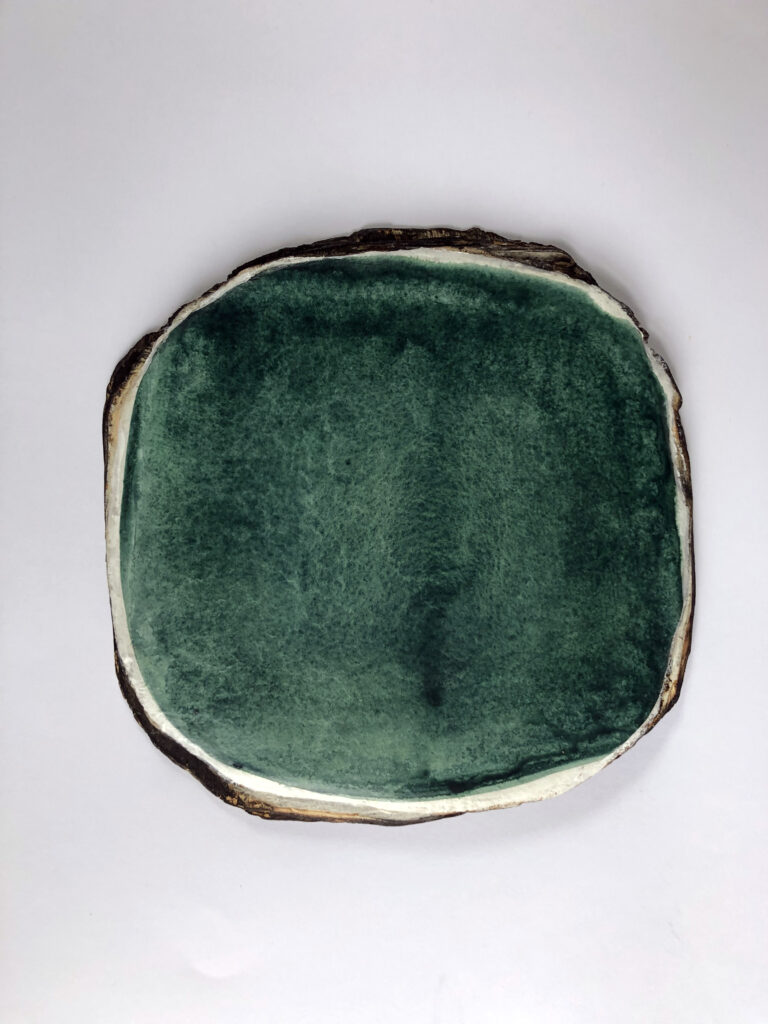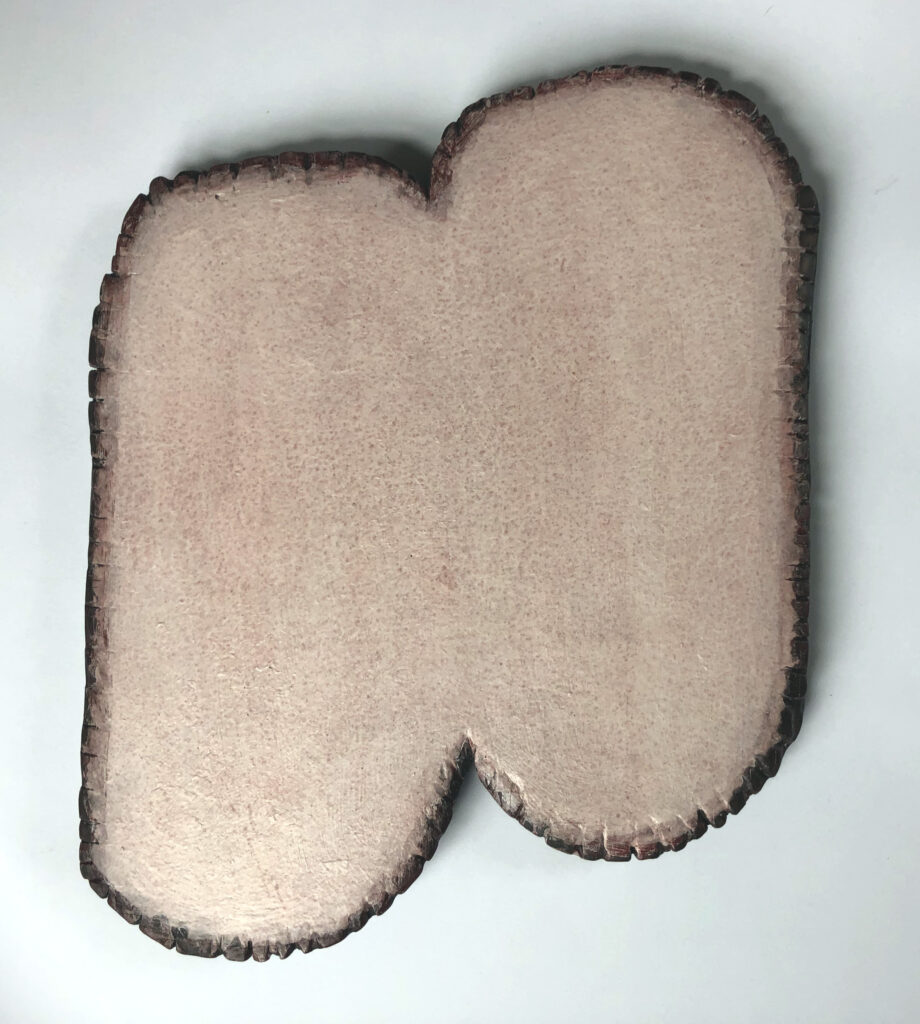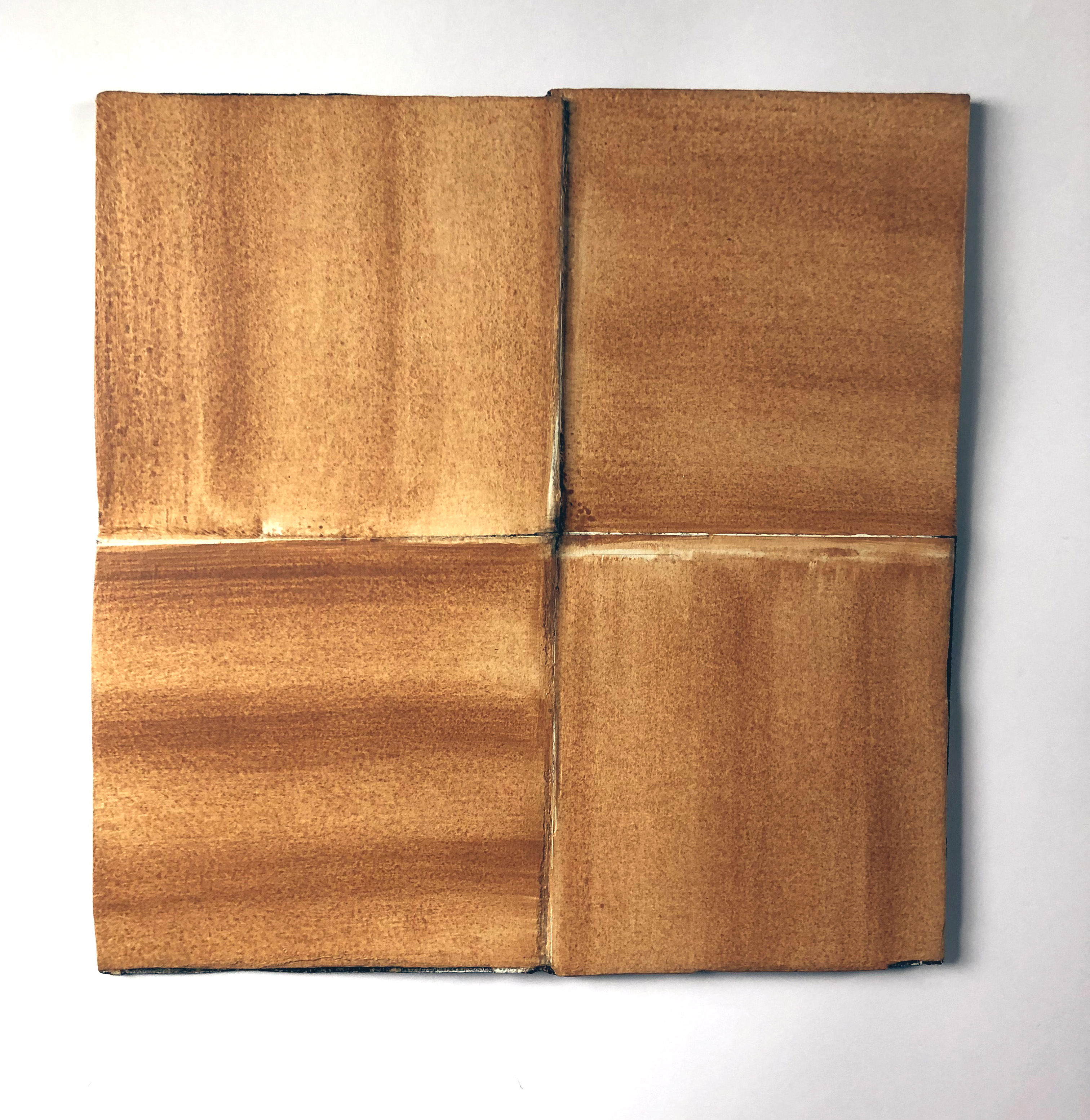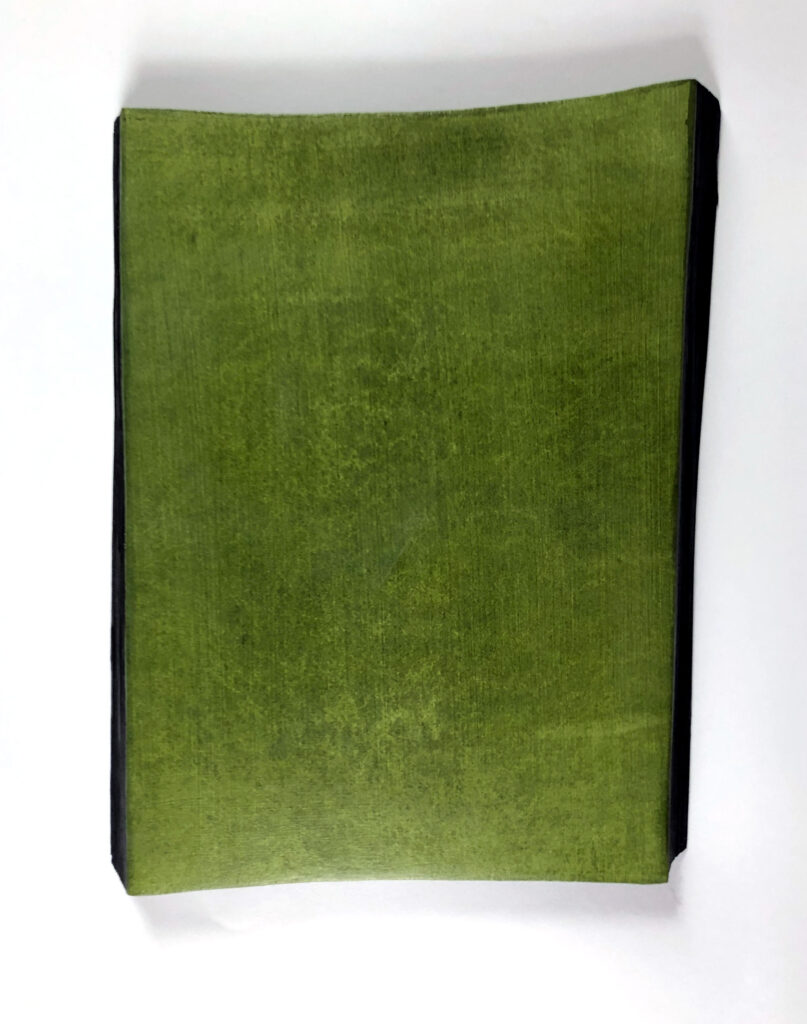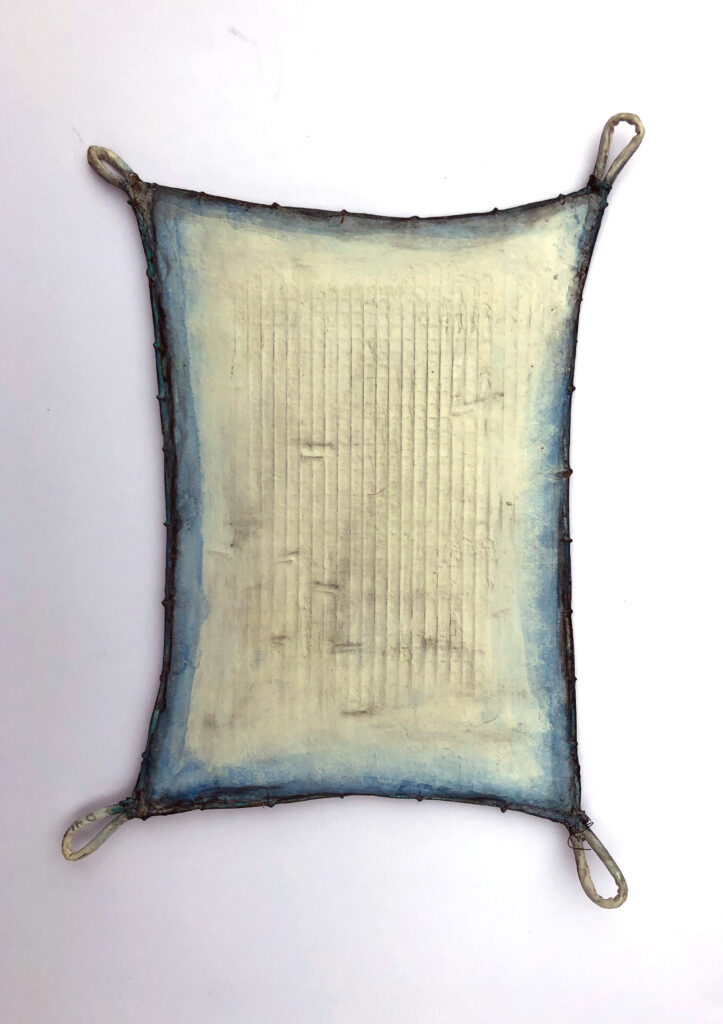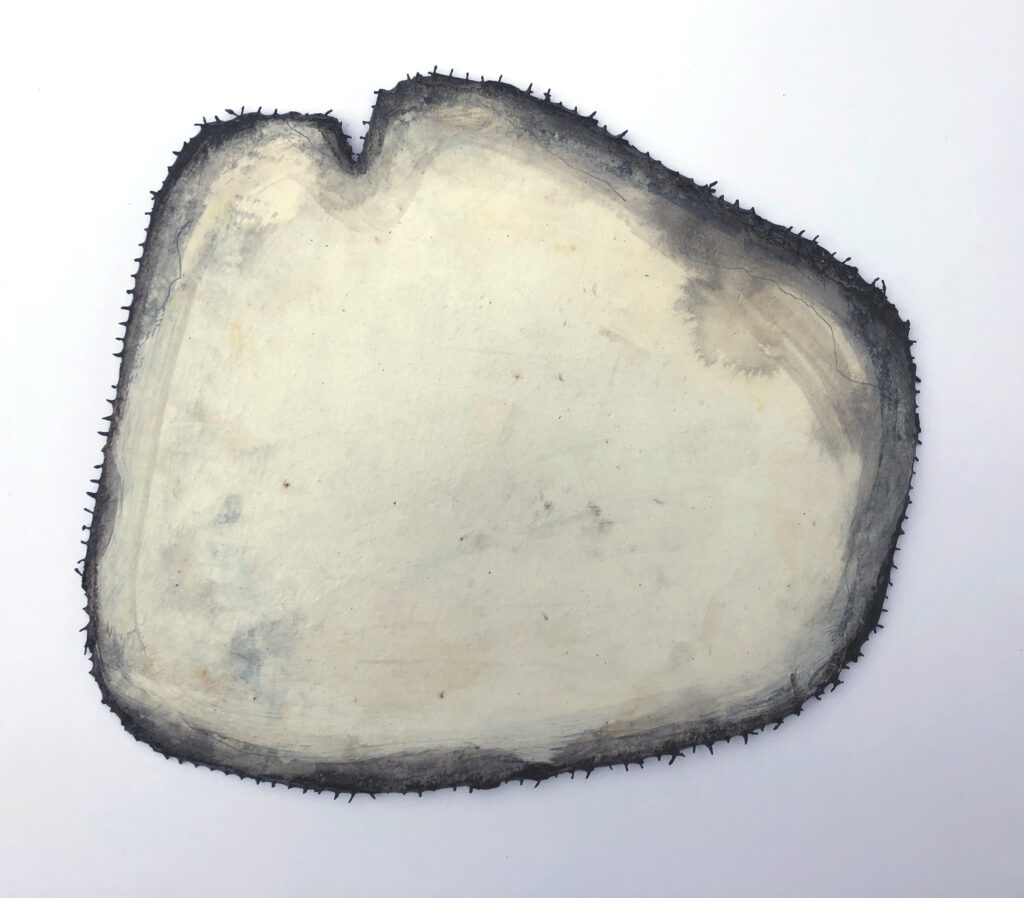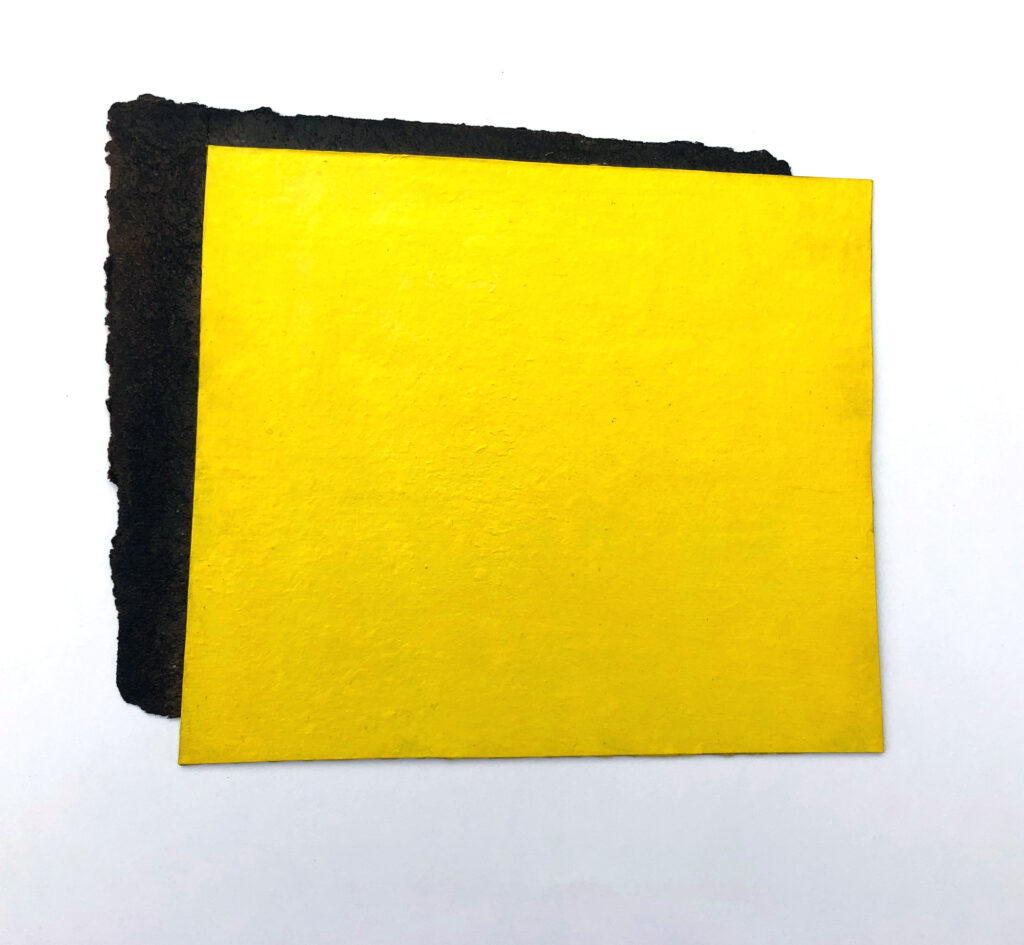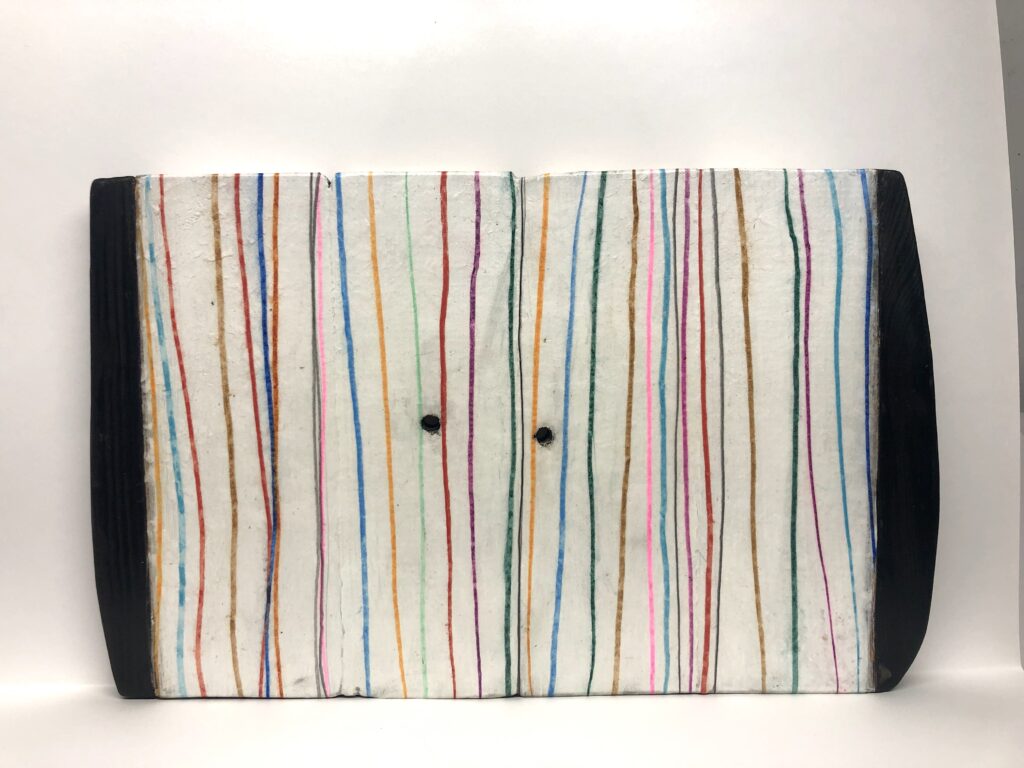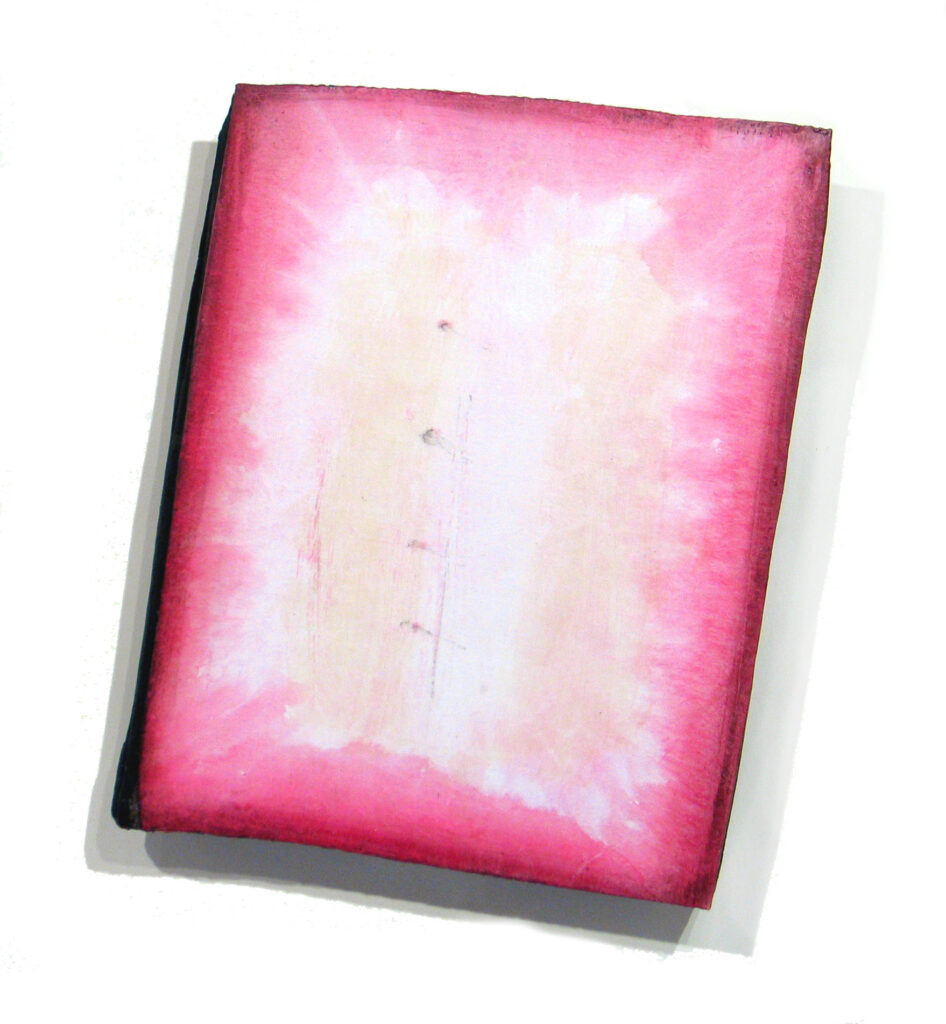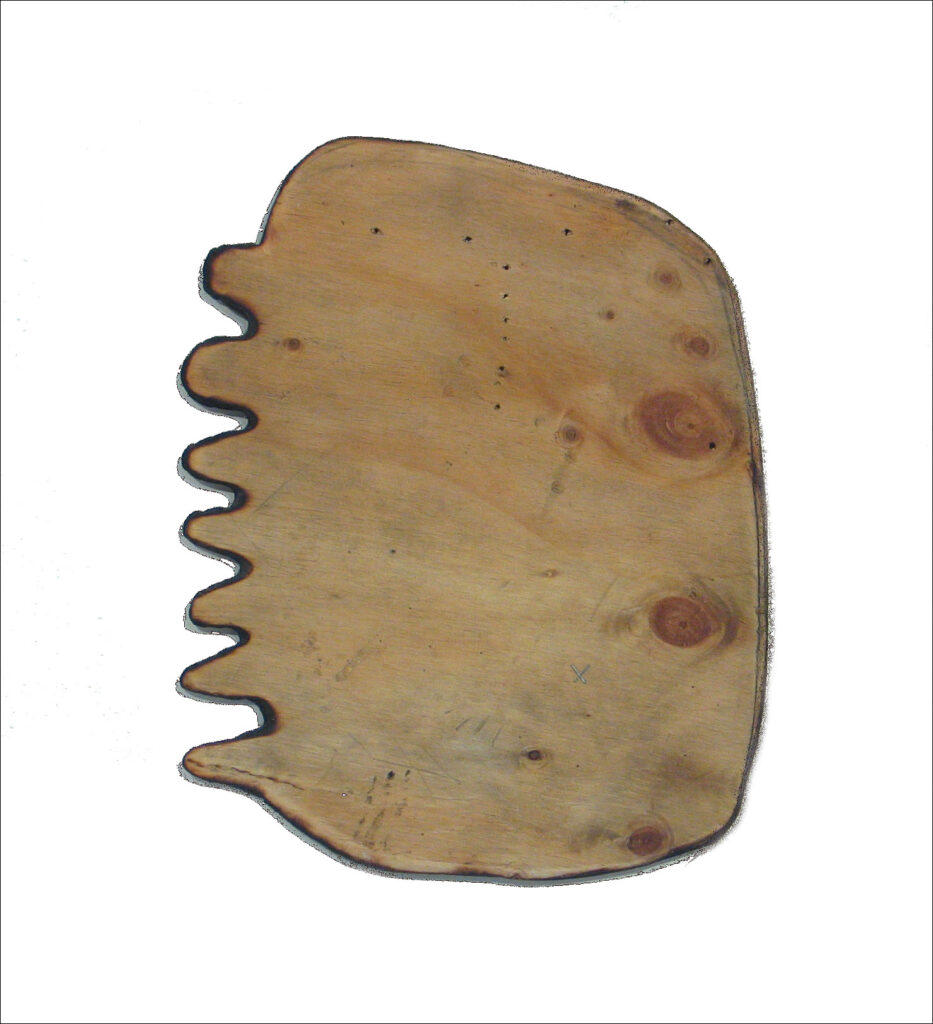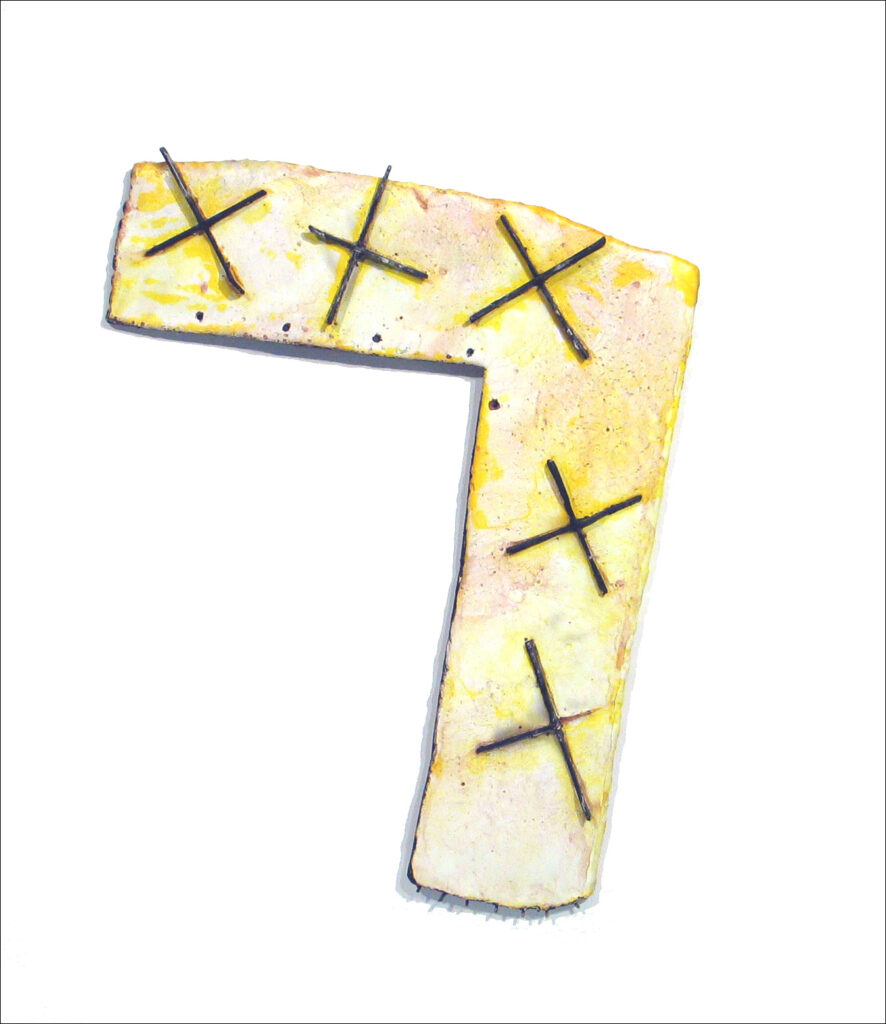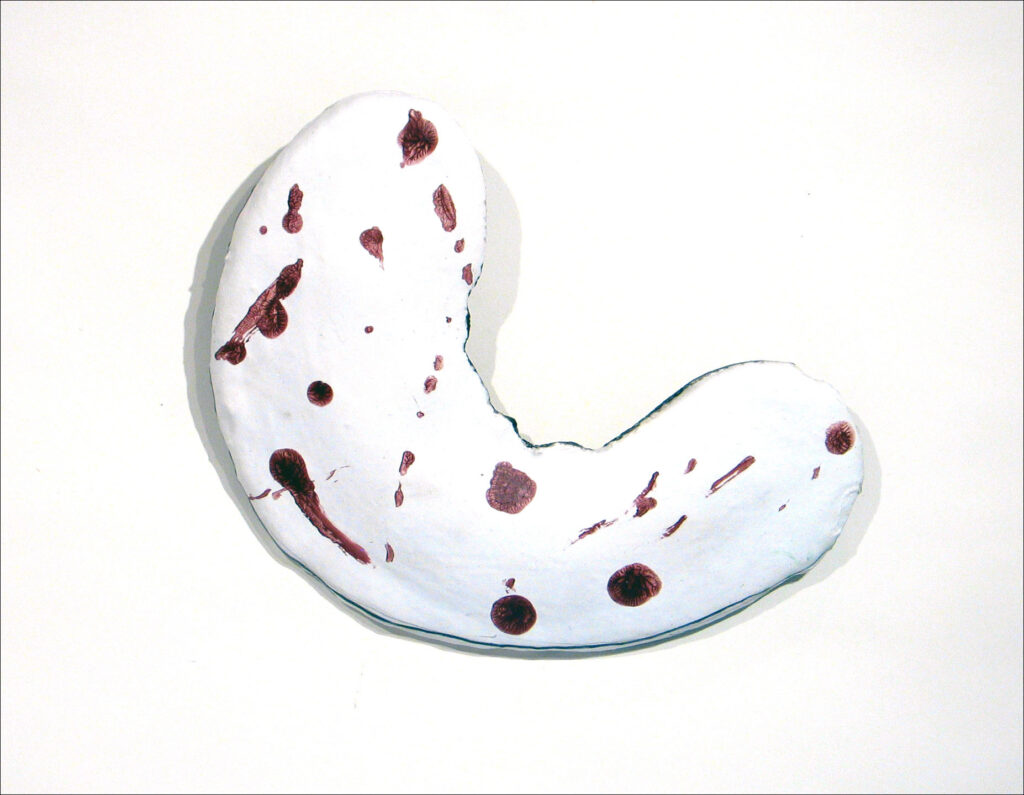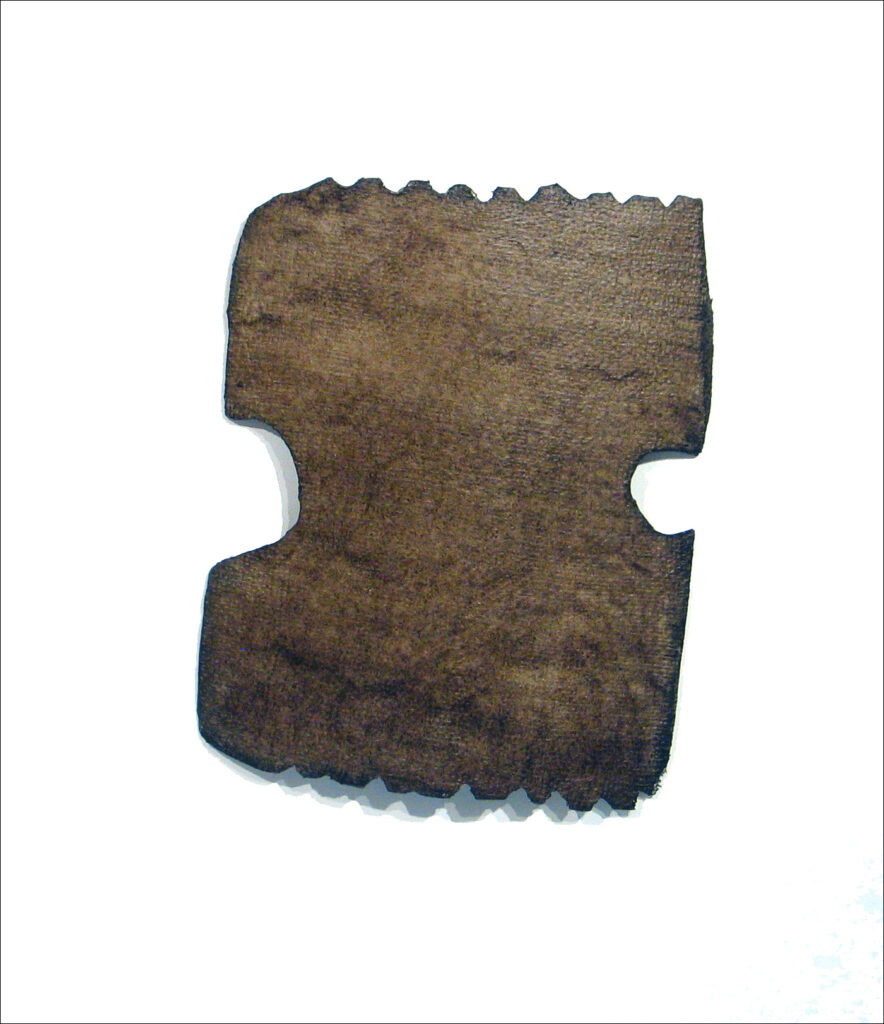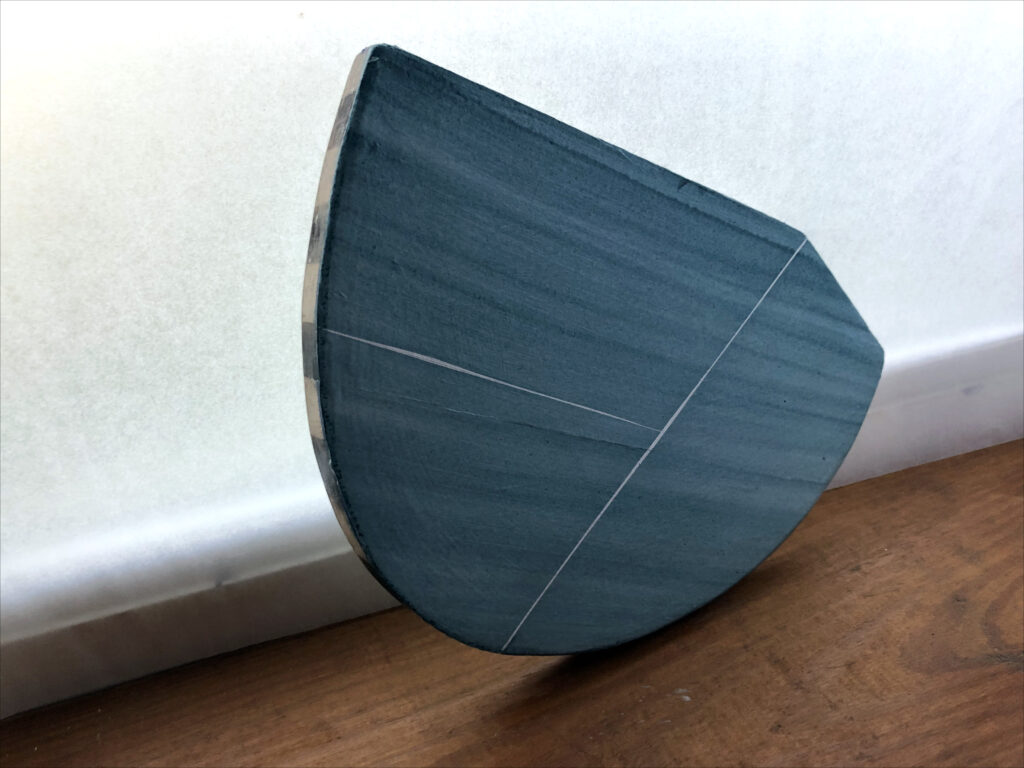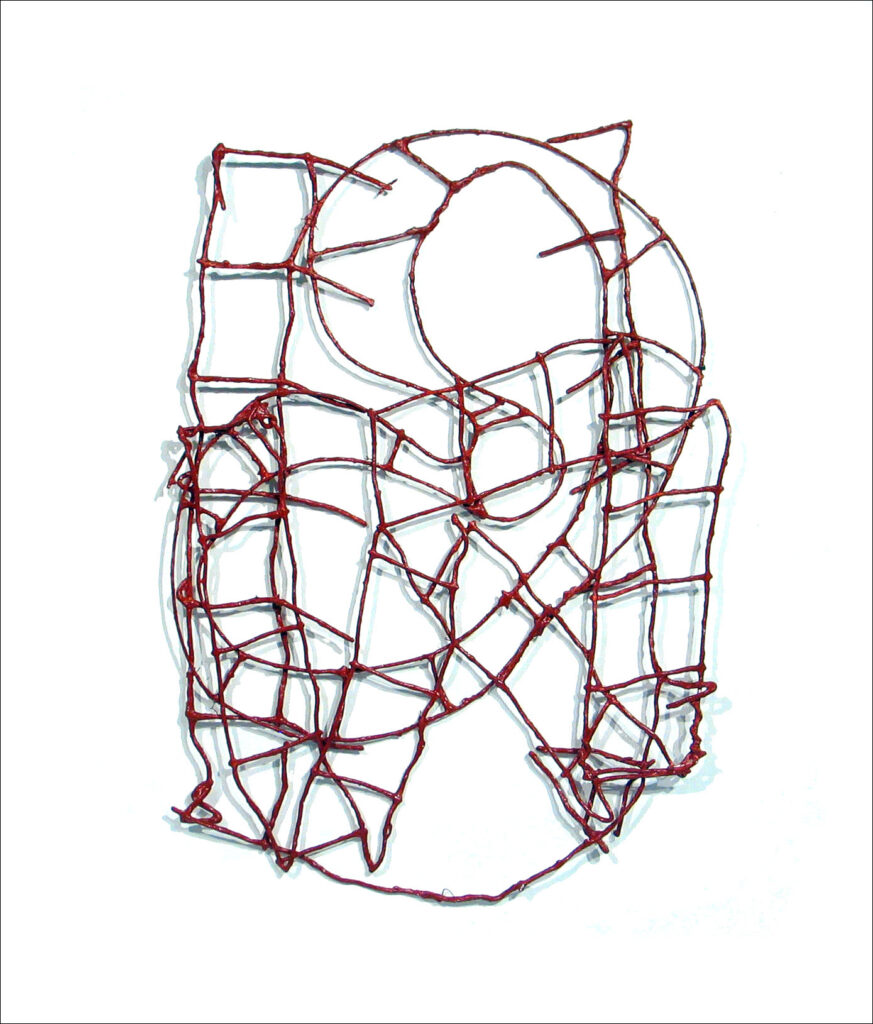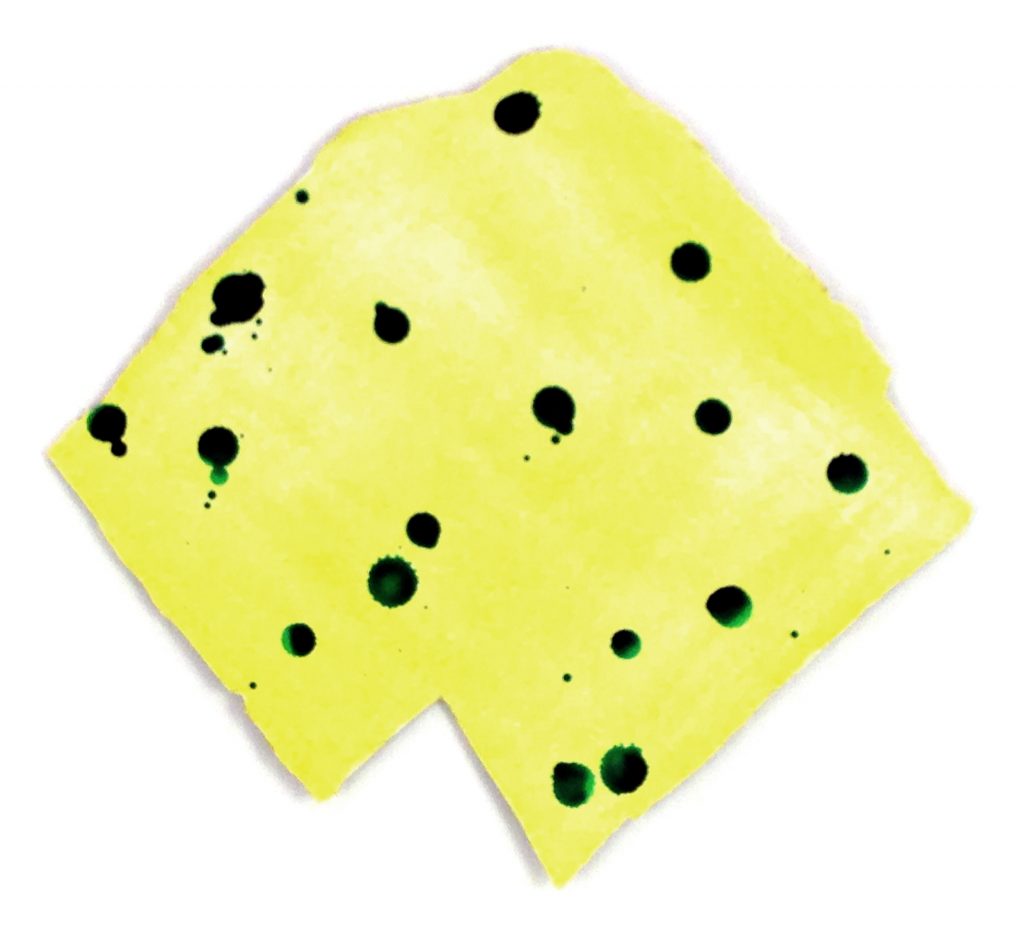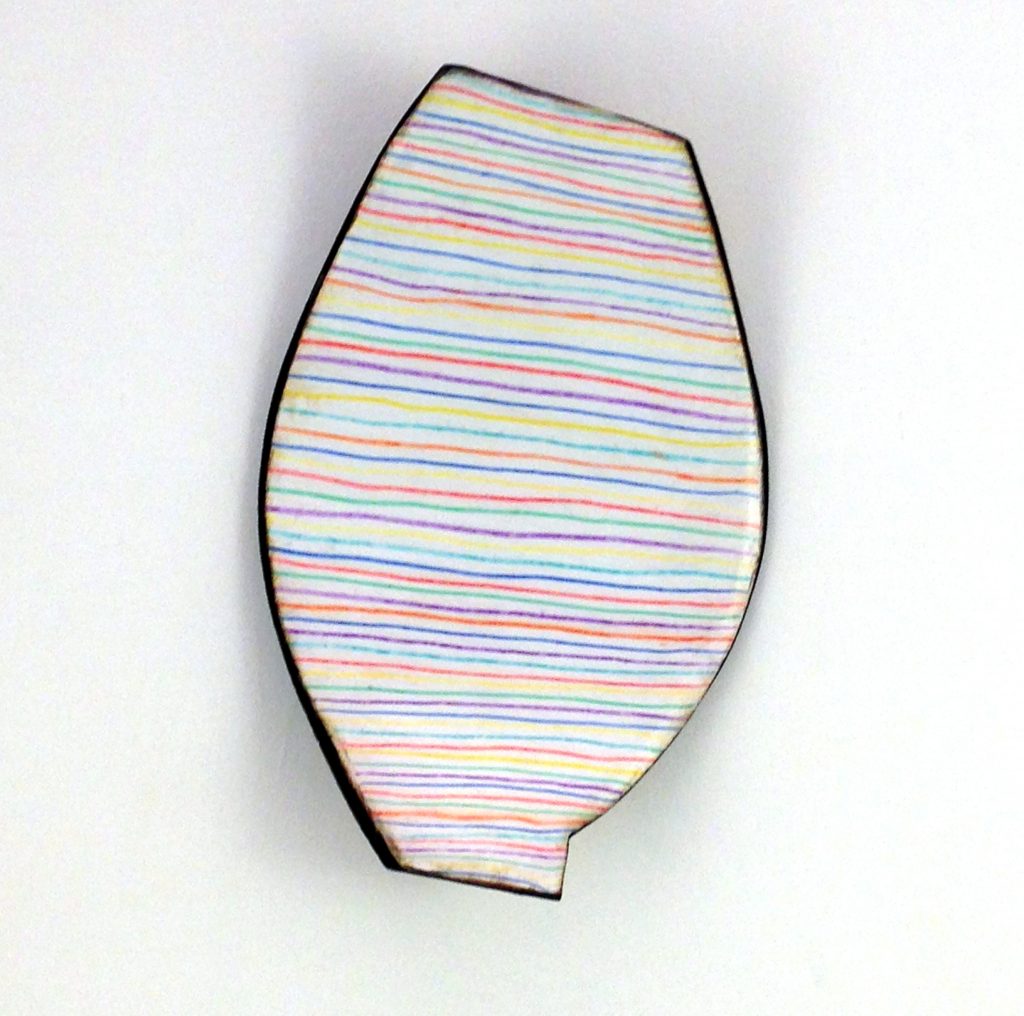Objects
The images below represent some of my most recent wall objects. Making these have been a part of my day-to-day work for many years. For me they are an effective medium because they are an interchange with sculpture, painting and drawing; it’s a process that easily allows one to inform the other. I’m often compelled by the encounter between the rawness of an initial thought and the unruliness of a new material. The reverse of this happens as well. Sometimes I come across discarded material and it’ll remind me of a line of drawing, part of a painting or even something I’ve read. I’ll either keep it as it is or make a variation of it using another material. It’s a rewarding way for me to feel my surroundings while keeping my vision keen. Even though much effort is made to make each object a unique and fixed form, I sometimes group them together like letters in a word or words in a phrase.
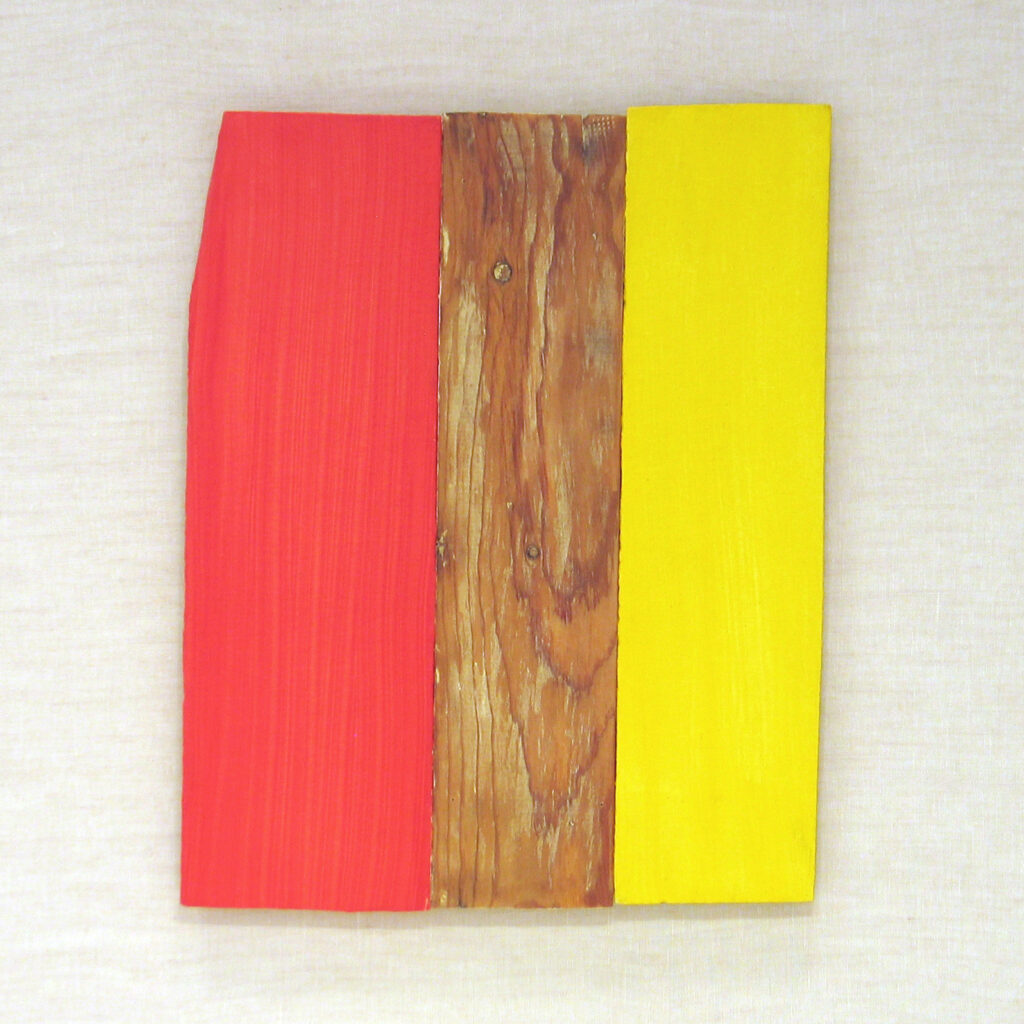
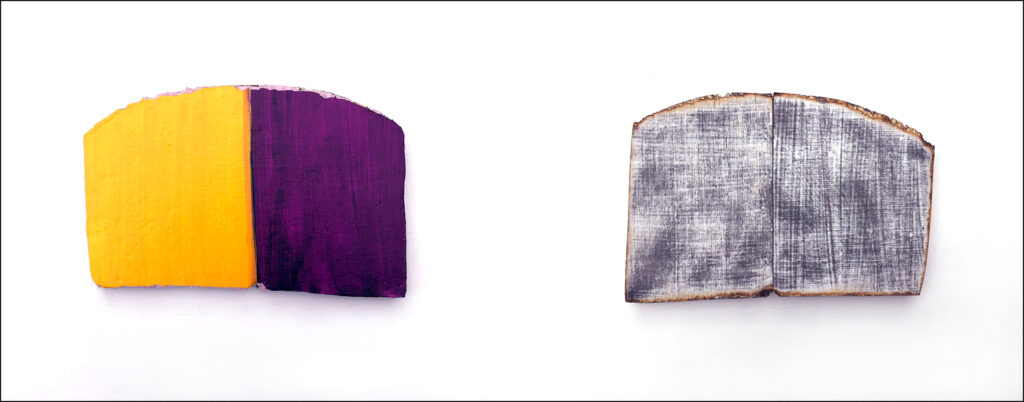
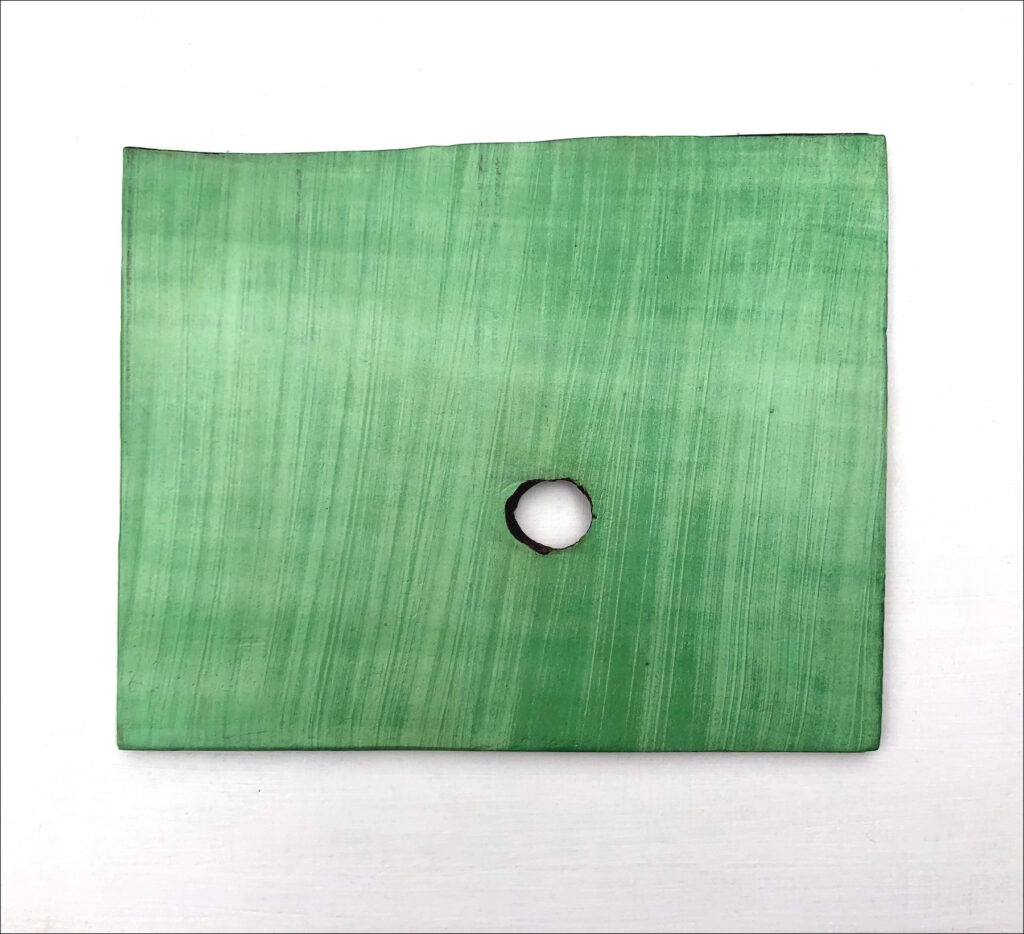

*Acrylic transfer is a way of working whereby a painted or drawn image can be removed from a paper surface and then transferred onto most any other substrate while maintaining an unaltered image. Once removed from the paper the image becomes a translucent skin or membrane with the graphic information embedded into its surface (think decal). It is a unique process in that it is neither a form of printmaking nor a form of collage.
